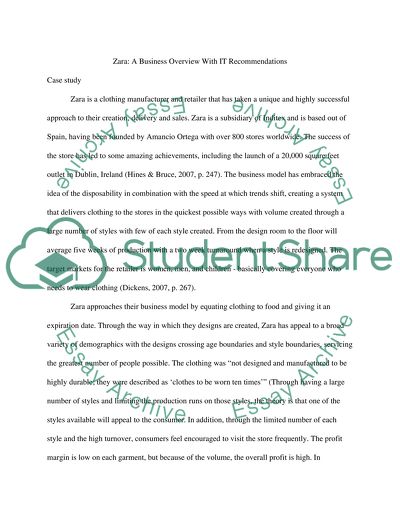Cite this document
(“Zara A Business Overview With IT Recommendations Research Paper”, n.d.)
Retrieved from https://studentshare.org/family-consumer-science/1418189-zara-it-for-fast-fashion
Retrieved from https://studentshare.org/family-consumer-science/1418189-zara-it-for-fast-fashion
(Zara A Business Overview With IT Recommendations Research Paper)
https://studentshare.org/family-consumer-science/1418189-zara-it-for-fast-fashion.
https://studentshare.org/family-consumer-science/1418189-zara-it-for-fast-fashion.
“Zara A Business Overview With IT Recommendations Research Paper”, n.d. https://studentshare.org/family-consumer-science/1418189-zara-it-for-fast-fashion.


